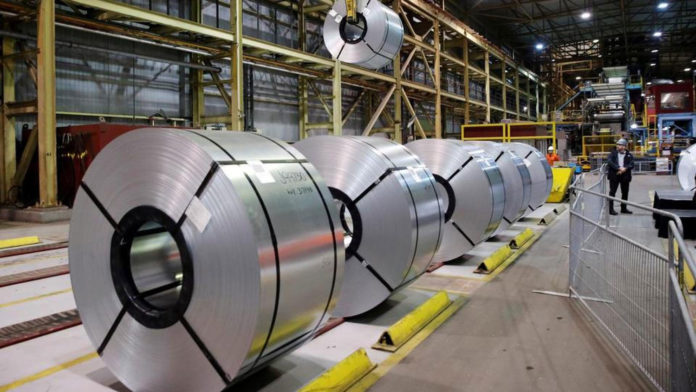The global steel industry is subject to significant changes in order to decrease its CO2 emission representing the most important contribution within the production industry sector to global CO2 emission, approximately 8%. So this industry is a key target in the race to reach net-zero emissions by 2050.
ArcelorMittal, the world’s leading steel and mining company, announced last week that it has signed an MoU on a €1 billion joint investment with the Spanish Government to build what it says will be the “world’s first full-scale zero carbon-emissions steel plant,” to go into production. The investment will reduce CO2 emissions at ArcelorMittal’s Spanish operations by up to 4.8 million tonnes, which represents approximately 50% of emissions, within the next five years.
“Given the significant cost associated with the transition, in terms of both capex and opex, it is ArcelorMittal’s expectation this support will cover at least half of the additional cost to enable its operations to remain competitive as it accelerates its decarbonization program,” the company said in a statement.
At the heart of the plan is to build a 2.3 million-tonne green hydrogen direct reduced iron (DRI) unit at its existing facility in Sestao, as well as a new 1.1 million-tonne hybrid electric arc furnace (EAF). This starts the transition of ArcelorMittal Asturias’ plant in Gijón away from the blast furnace-basic oxygen furnace steelmaking production route to the DRI-EAF production route, which carries a significantly lower carbon footprint. The new DRI – which will be the first of its kind in Spain – and EAF will be in production before the end of 2025.
To maximize the emissions reduction potential, ultimately, green hydrogen will be used to reduce the iron ore in the DRI, with the EAF powered by renewable electricity. Powering this redesigned plant with renewable energy would mean the Sestao plant would produce 1.6 million tonnes of zero-carbon steel by 2025.
The steel production process has traditionally used baked coal known as coke as both a heat source and a method of removing unwanted oxygen from iron ore (iron oxides) in a process known as reduction. Green hydrogen has long been proposed as a method for replacing coke.
ArcelorMittal will require a whopping €500m ($588m) of public money to go ahead as well as a range of other government-supported initiatives to develop large-scale solar-to-hydrogen and hydrogen pipeline projects in the area. The initiative involves the construction of multiple large-scale solar farms, with hydrogen produced in situ and with the corresponding impact in terms of employment.
